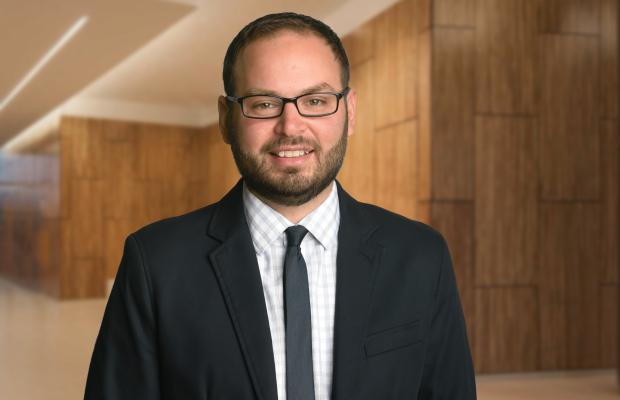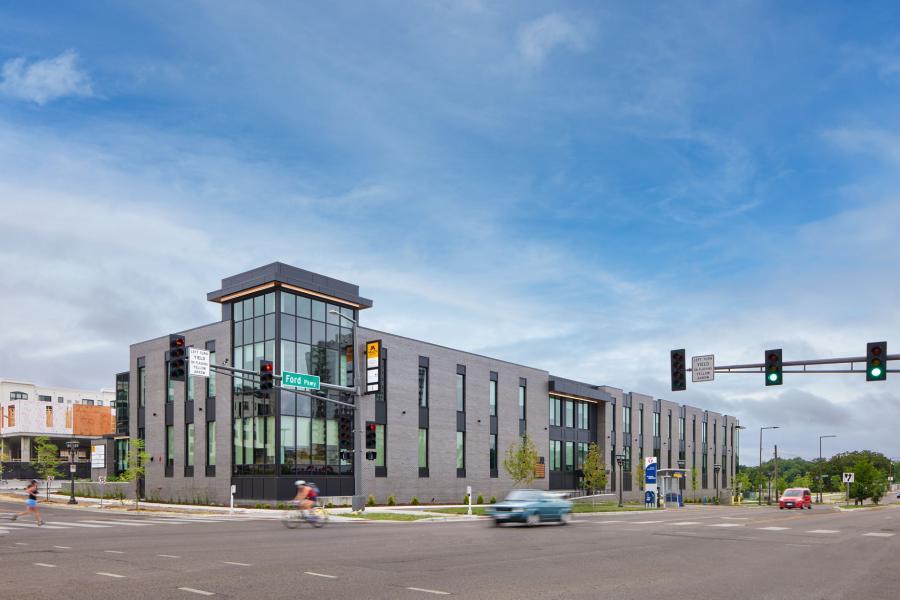Embracing Innovation, Achieving Excellence: National Healthcare Facilities and Engineering Week

This year, we’re celebrating the critical role that our Real Estate Management (REM) and Ryan Building Services (RBS) teams play in ensuring safe and efficient healthcare environments for all patients, residents, visitors and staff.
Often considered a “behind the scenes” role, facility managers and building engineers are critical components of maintaining quality care within our clients’ buildings. While their position is not the most visible, their work is significant and impactful. Our REM & RBS team members utilize their management and engineering expertise to maintain a wide range of healthcare buildings, from single-tenant medical office buildings to large ambulatory surgery centers.
Just as medical professionals are responsible for the care of patients, our REM & RBS team is responsible for the care of the building, ensuring it is operating at its highest level of safety and functionality. Their proactiveness, perspective, and effectiveness protect and preserve the building so patients can receive the care they need and building owners can maintain their investment.
Hear from two team members as they talk more about their roles in facilities management and building engineering:
- Gabriel Fernandez, Director of Management, National Healthcare
Certified Property Manager (CPM), Real Estate Broker, Real Property Administrator (RPA) Candidate
- Darin Retzer, Chief Engineer
MECH Certification, Certified Healthcare Physical Environment Work, Member of ASHE and WHEA
What is the best part about your job?
Gabriel: The best part about my job is working with so many incredible individuals who are passionate about making sure that when a patient enters one of our healthcare facilities, it’s a welcoming and healing environment.
Darin: Working in partnership with our healthcare clients to find creative solutions to complex problems while helping to maintain regulatory compliance in a constantly changing environment.
What is one thing people might not know about managing healthcare facilities and their building systems?
Gabriel: Our work is very complex and yet largely invisible. A facility must be managed and maintained in accordance with strict compliance guidelines, otherwise it can compromise the patient having surgery or the medicine being administered by healthcare professionals. We need to always expect the unexpected to ensure our buildings support the hard work of our doctors, nurses and healthcare professionals.
Darin: HVAC system operation is extremely complex and highly regulated. Impacts on the number of air exchanges, fresh air intake volumes, filtration efficiencies, pressure relationships to surrounding spaces, humidity levels and allowable temperature limits must be considered before making what might otherwise be considered simple system adjustments or performing standard maintenance activities.
What are you most proud of in the work you do?
Gabriel: I’m most proud of having the opportunity to help influence how new healthcare facilities should be developed, designed, constructed and ultimately operated to ensure that it’s the best possible facility to support the health of the local community. Buildings can detract from or add value to a community, and our goal is to make sure it’s always the latter.
Darin: Understanding and anticipating client needs before they even ask. Information available through organizations like ASHE and WHEA often allows us to react early, so that by the time our customers ask for something we have already completed it. This is an important part of building relationships as a partner rather than just a vendor to our healthcare customers.


